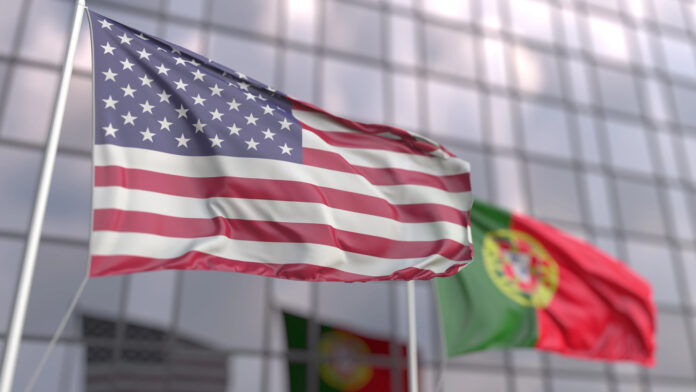The history between Portugal and the United States is, in many ways, a narrative of unlikely encounters and subtle influences. While there is no single moment that defines the relationship, it runs like a thread through the centuries, linking the small Iberian nation to the vast lands of the New World.
The Atlantic Roots
The connection begins in the ocean, where Portugal pioneered explorations that opened the door to the North Atlantic. During the period of the great navigation, Portuguese maps helped chart routes that would later be used by settlers and traders sailing to America. Some say that even before Christopher Columbus, Portuguese sailors already knew the seas around the American coast. This speculation, although shrouded in mystery, reflects Portugal’s profound impact on the exploration of the Atlantic.
The Portuguese also played a crucial role in transferring nautical and technological knowledge to the world, including the future United States. Instruments such as the astrolabe and navigation techniques influenced those who came after, allowing the Atlantic to be crossed repeatedly in search of new beginnings.
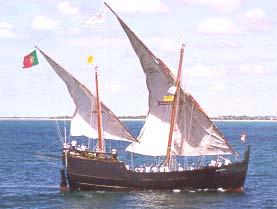
Luso-Americans
In the nineteenth century, thousands of Portuguese left the islands of the Azores, Madeira and even the mainland in search of a better life in the United States. These emigrants, initially attracted by the fishing and farming opportunities, established lively communities in places like New England, California, and Hawaii. They brought with them not only their skills, but also their traditions.
In New England, cities like Fall River and New Bedford have become centers of the Portuguese community. There, cod fishing, a centuries-old Portuguese tradition, found a new home. In California, emigrants helped build the state’s wine industry, now one of the largest in the world. In Hawaii, the Portuguese introduced the ukulele, adapting traditional instruments to create something new and deeply rooted in the local culture.
The festivals of the Divine Holy Spirit, brought by emigrants, are still celebrated in many of these regions, a living reminder of their Lusitanian roots. These events, marked by processions, bread sharing, and community celebrations, symbolize the resilience and adaptation of the Portuguese abroad.
Influence on the Revolutionary War
Few people know that Portugal played an indirect role in the American Revolution. As a historical ally of Great Britain, Portugal initially avoided getting directly involved in the conflict. However, its trade and diplomatic routes helped shape the context in which the new republic emerged. In addition, Portuguese merchants in the Atlantic provided essential supplies for the American war effort.
The Portuguese influence can also be seen in the documents and ideas that circulated during the Revolution. Some say that the opening up of Portuguese trade helped to establish support networks that enabled the Americans to resist British oppression.
Lisbon’s Role in WWII
During the Second World War, Lisbon became a vital node for the Allies, serving as a meeting point for spies, refugees, and diplomats. Portugal, under Salazar’s leadership, remained officially neutral, but its role as an intermediary helped the United States coordinate efforts with other nations. Stories of espionage and diplomatic intrigue crossed the halls of hotels like the Aviz and the Estoril Palace, places where you can almost hear the whispers of the past.
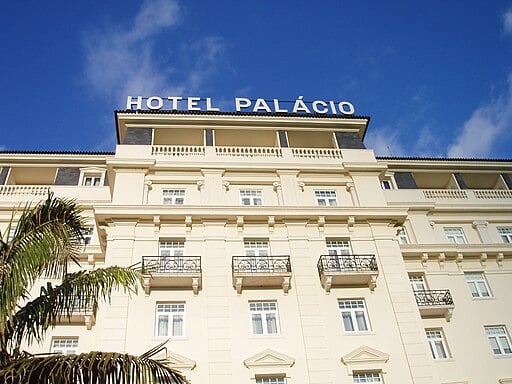
Jewish refugees also passed through Lisbon on their way to the United States, escaping Nazi-occupied Europe. The city was a last refuge before the Atlantic, a starting point for those seeking a new life in the New World.
Finding Those Ties in Lusitanian Lands
To understand the relationship between Portugal and the United States, some places in Portugal offer fascinating clues:
Lajes Base, Azores
In the Azores, Lajes Air Base is a concrete symbol of the military collaboration between the two countries. Used by the Americans since the Second World War, the base played a crucial role during the Cold War and remains a strategic point in the Atlantic. Today, the base is a reminder of the alliances that were formed in times of global need.
Aljube Museum, Lisbon
Although dedicated to the resistance to the Portuguese dictatorship, the Aljube Museum in Lisbon has indirect links with the United States. During the Salazar dictatorship, the US often balanced political pragmatism with support for democratic movements that emerged in Portugal. The museum’s exhibitions offer a window into this troubled period.
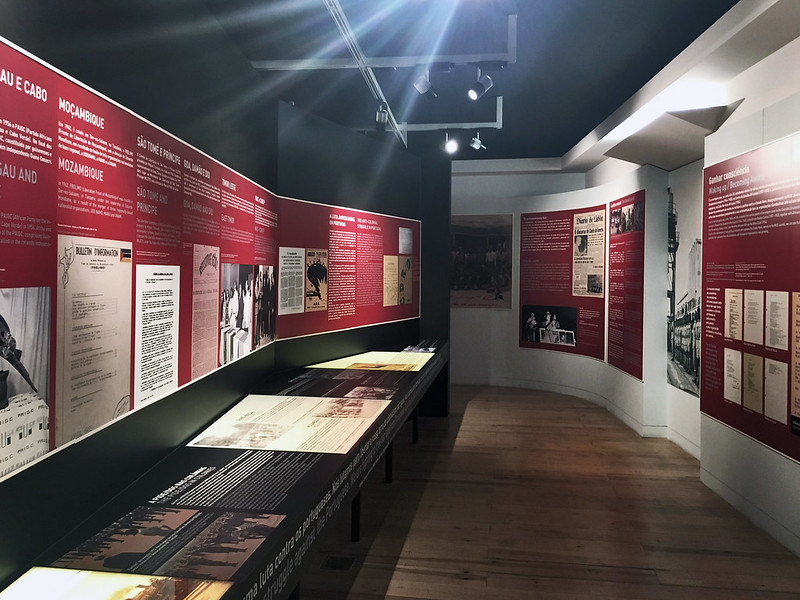
Monument to the Emmigrant, Madeira
In Madeira, the Monument to the Emmigrant pays tribute to those who left the islands for the New World. The story of these emigrants is a tangible reminder of the connections between Portugal and the United States, a relationship built not by governments, but by ordinary people. It is also an opportunity to reflect on the challenges and triumphs of migration.
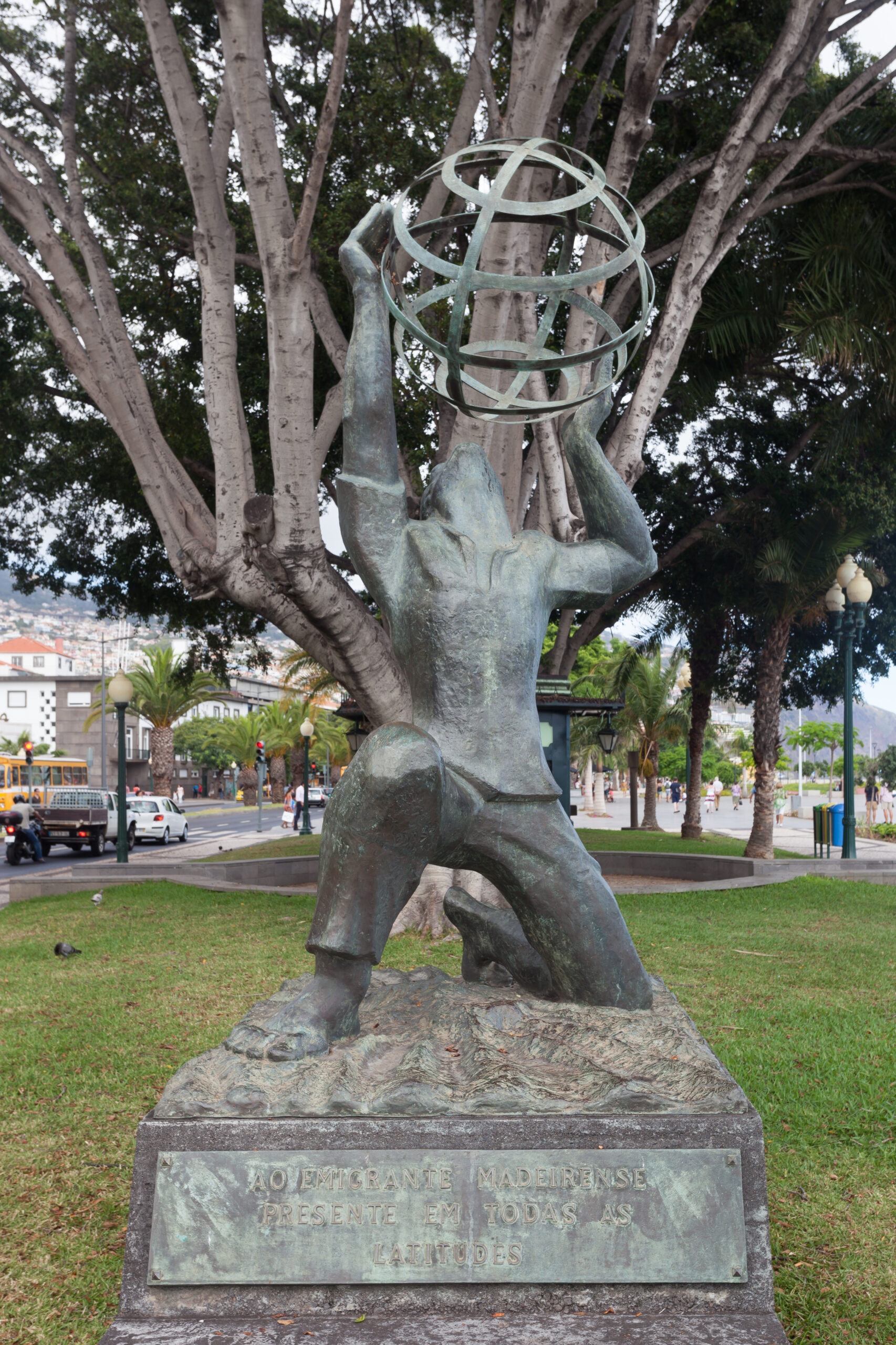
The Present and the Future
Today, the American influence in Portugal is visible in cultural aspects such as cinema, music, and gastronomy. The presence of American restaurant chains in Portuguese cities is proof of how these cultures have become intertwined. On the other hand, the Portuguese heritage in the United States lives on, whether in the Portuguese-American communities or in the presence of fado in cities like Boston and Providence.
Diplomatic and trade relations remain strong, with both nations sharing democratic values and a long history of collaboration. Joint initiatives in areas such as science and technology continue to strengthen ties between the two countries.
Final Thoughts
Portugal and the United States are separated by an ocean, but united by histories of exploration, immigration, and partnership. It’s a relationship that transcends politics and generations, showing that, even between such different nations, there is always common ground where stories can be shared and futures can be built together.

